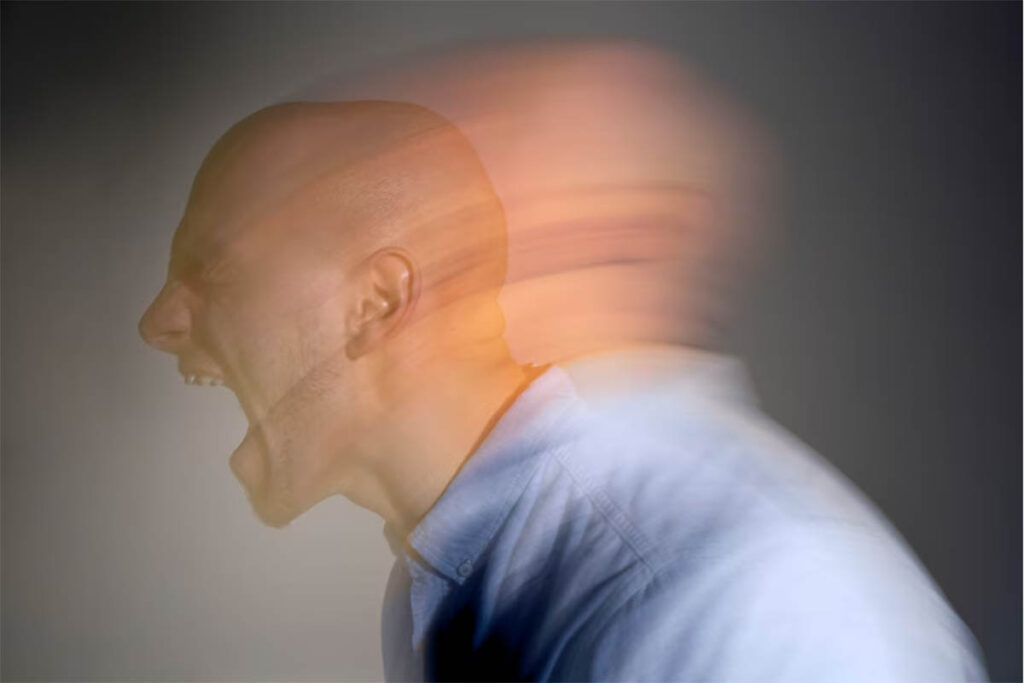Concussions, often referred to as mild traumatic brain injuries (mTBIs), are a common occurrence, especially among athletes and individuals involved in accidents. While they are classified as “mild,” slight concussion symptoms can have a significant impact on one’s life. In this comprehensive article, we will delve deep into the world of slight concussion symptoms. We will explore their causes, effects on the brain, how they are diagnosed, and the critical steps in the recovery process. Whether you’re a healthcare professional, an athlete, or someone interested in understanding these injuries, this article will provide valuable insights.
Table of Contents
- Introduction
- What is a Concussion?
- Causes of Slight Concussions
- Slight Concussion Symptoms
- a. Physical Symptoms
- b. Cognitive Symptoms
- c. Emotional Symptoms
- d. Sleep Disturbances
- Diagnosing Slight Concussions
- a. Clinical Assessment
- b. Neuroimaging
- Recovery from Slight Concussions
- a. Rest and Symptom Management
- b. Gradual Return to Activity
- c. Cognitive and Physical Rehabilitation
- Preventing Slight Concussions
- a. Protective Gear
- b. Safe Playing Techniques
- c. Education and Awareness
- Conclusion
1. Introduction
Slight concussions, often considered minor brain injuries, can have a significant impact on an individual’s life. While they are typically categorized as mild, understanding the causes, symptoms, and recovery process associated with slight concussions is crucial for proper management and prevention. In this article, we will explore the world of slight concussions, shedding light on their causes, symptoms, diagnosis, and the steps to a successful recovery.
2. What is a Concussion?

A concussion, also known as a mild traumatic brain injury (mTBI), is a type of brain injury that typically occurs following a blow to the head, a jolt, or a strong impact. It can also result from whiplash or a forceful shaking of the head. Concussions are characterized by a temporary disruption in normal brain function, and they can range from mild to severe.
3. Causes of Slight Concussions
Concussions can happen in various situations, including:
- Sports Injuries: Athletes participating in contact sports like football, soccer, and hockey are at a higher risk of experiencing concussions due to collisions and impacts.
- Motor Vehicle Accidents: Car accidents, particularly rear-end collisions, can result in concussions, often referred to as “whiplash-associated concussions.”
- Falls: Falling and hitting your head on a hard surface can lead to a concussion, especially in older adults.
- Assaults: Physical altercations or assaults can cause concussions when there is a direct blow to the head.
4. Slight Concussion Symptoms
Slight concussions can manifest in various ways, and symptoms may not always be immediately apparent. They can be grouped into several categories:
a. Physical Symptoms
- Headache: A common symptom, often described as a dull or throbbing pain.
- Nausea and Vomiting: Feeling nauseous or vomiting shortly after the injury.
- Dizziness and Balance Issues: Difficulty maintaining balance and a sensation of spinning or lightheadedness.
- Sensitivity to Light and Noise: Discomfort when exposed to bright lights or loud noises.
- Blurred Vision: Difficulty focusing or seeing clearly.
b. Cognitive Symptoms
- Confusion: Feeling disoriented, having trouble concentrating, or feeling mentally foggy.
- Memory Problems: Difficulty recalling events before or after the injury.
- Slurred Speech: Difficulty speaking clearly or coherently.
- Slow Thinking: Reduced ability to process information quickly.
c. Emotional Symptoms
- Mood Swings: Experiencing rapid shifts in mood, such as irritability or increased sadness.
- Anxiety: Feeling nervous or anxious, sometimes accompanied by panic attacks.
- Depression: A persistent feeling of sadness, hopelessness, or loss of interest in activities.
d. Sleep Disturbances
- Insomnia: Difficulty falling asleep or staying asleep.
- Excessive Sleep: Feeling excessively tired and needing more sleep than usual.
- Sleep-Wake Cycle Disruption: Waking up frequently during the night or feeling drowsy during the day.
It’s important to note that these symptoms can vary widely among individuals and may not manifest immediately after the injury. In some cases, symptoms may take hours or even days to become apparent.
5. Diagnosing Slight Concussions

Proper diagnosis is essential for the management of slight concussions. Healthcare providers use various methods to diagnose these injuries:
a. Clinical Assessment
Healthcare providers will conduct a thorough clinical assessment, which includes:
- Medical History: Gathering information about the injury, how it occurred, and the presence of any symptoms.
- Physical Examination: Assessing neurological function, balance, coordination, and cognitive function.
b. Neuroimaging
While imaging tests like CT scans and MRI scans are typically used to rule out more severe brain injuries, they may not show abnormalities in slight concussions. These tests are often reserved for cases with specific concerns, such as persistent or worsening symptoms.
6. Recovery from Slight Concussions
Recovery from a slight concussion typically involves a gradual process to ensure the brain heals properly. Here are the key steps in the recovery process:
a. Rest and Symptom Management
- Physical Rest: Limiting physical activity, especially activities that could lead to re-injury or worsening of symptoms.
- Cognitive Rest: Reducing activities that require intense concentration, such as reading, screen time, and complex tasks.
- Medication: Over-the-counter pain relievers like acetaminophen may be used to manage headache symptoms, but avoid medications that can thin the blood, like aspirin or ibuprofen, as they can increase the risk of bleeding in the brain.
- Hydration: Staying well-hydrated to support overall recovery.
b. Gradual Return to Activity
As symptoms improve, a healthcare provider will guide the individual through a gradual return to normal activities. This typically involves a step-by-step process, with each step carefully monitored:
- Physical Activity: Gradually reintroducing light physical activity, such as walking, under the guidance of a healthcare provider.
- Cognitive Activity: Slowly reintroducing cognitive activities, including reading, computer work, and school or work-related tasks.
- Return to Sports: Athletes should follow a structured return-to-play protocol that involves increasing levels of physical activity while closely monitoring symptoms.
c. Cognitive and Physical Rehabilitation
In some cases, individuals may benefit from cognitive and physical rehabilitation to address persistent symptoms. This may include:
- Cognitive Therapy: Targeting memory problems, concentration issues, and cognitive function.
- Vestibular Rehabilitation: Addressing balance and dizziness problems.
- Physical Therapy: Focusing on improving physical symptoms such as headache, neck pain, and dizziness.
- Psychotherapy: For individuals experiencing emotional symptoms like anxiety or depression.
7. Preventing Slight Concussions
Prevention is crucial when it comes to concussions. Here are some preventive strategies:
a. Protective Gear
- Sports Equipment: Ensure athletes use appropriate and well-fitted protective gear for their respective sports, including helmets for activities like football, hockey, and cycling.
b. Safe Playing Techniques
- Proper Tackling and Heading Techniques: Coaches and athletes should be trained in safe techniques for tackling in football and heading in soccer, among others.
- Avoiding Reckless Behavior: Encourage responsible and safe behavior in sports and recreational activities.
c. Education and Awareness
- Concussion Education: Promote education and awareness about the signs and symptoms of concussions among athletes, coaches, parents, and healthcare providers.
- Safety Rules: Enforce safety rules and regulations in sports and recreational activities to minimize the risk of head injuries.
8. Conclusion
Slight concussions, though considered mild traumatic brain injuries, should never be taken lightly. Understanding their causes, recognizing the symptoms, and following proper diagnosis and management are crucial for a successful recovery and prevention of long-term issues. If you or someone you know experiences slight concussion symptoms, seeking immediate medical attention and adhering to the recommended treatment plan are essential steps on the road to recovery.



